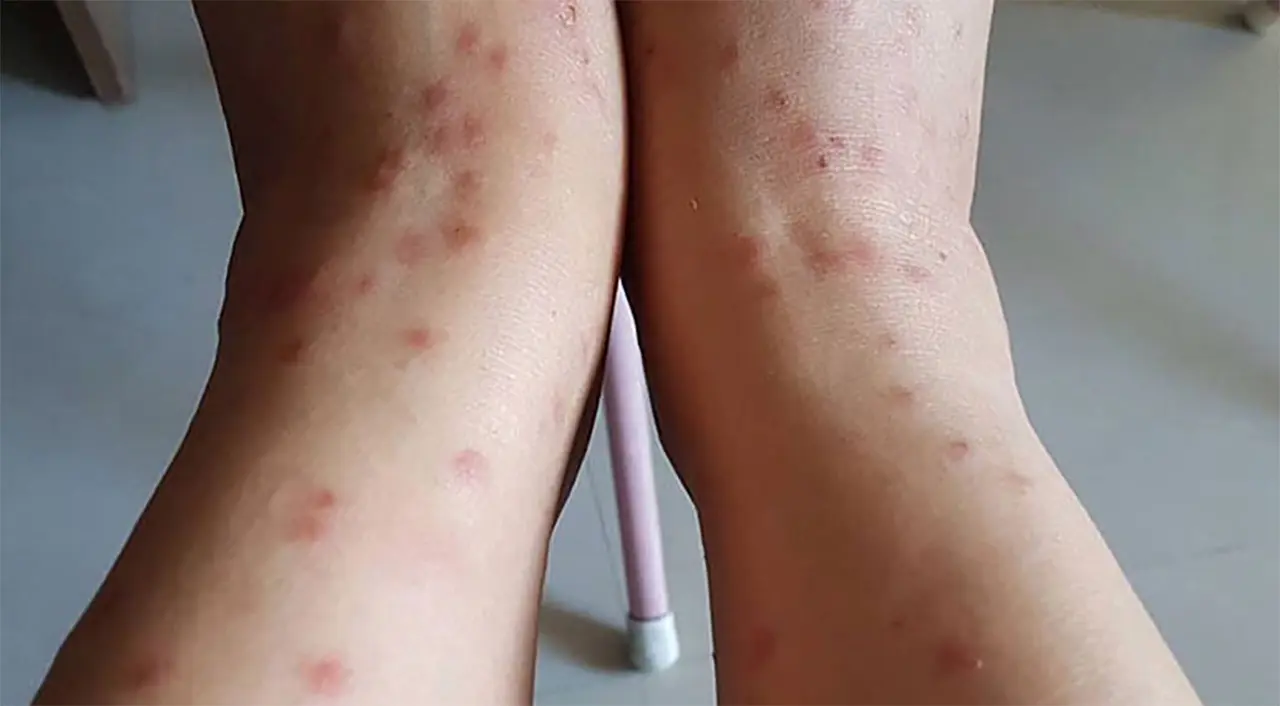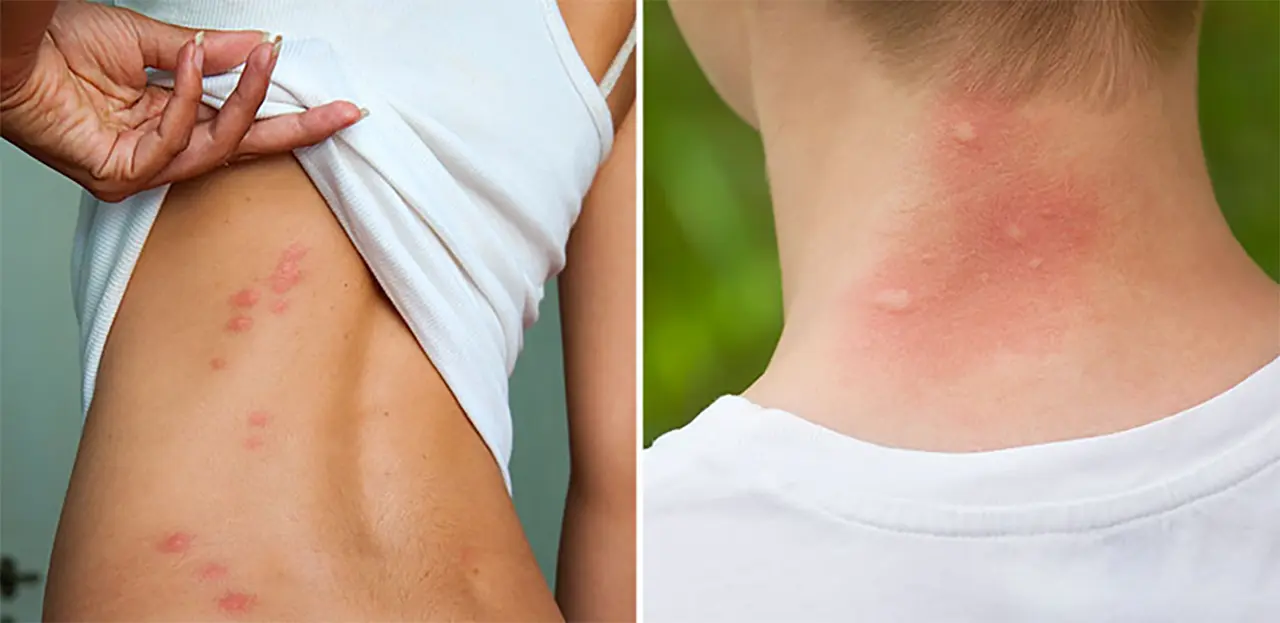How to Help Get Rid of Fleas
There are approximately 2,500 different flea species1 sucking blood around the world. Find out where fleas come from, how to distinguish between bed bug and flea bites, and how to help kill fleas in the house.
Powered by the SC Johnson Center for Insect Science®
Fleas may be tiny, but they can be a huge problem for people and their pets, often causing embarrassment along with those itchy bites. We’re here to help with expert cleaning tips and insecticide products designed to help you get tough and get rid of fleas in the house.
Where do fleas come from?
Pets bring in fleas from the yard or dog parks, or from close contact with infested pets. Indoors, fleas are most likely found on the pet itself, its bed, its favorite piece of furniture, or the carpet. The adult flea lays its eggs on the pet. Then, the eggs roll off the pet and onto the floor or furniture.
How high can fleas jump?
Fleas can jump vertically up to 6 inches.1 That’s why these tiny bloodsuckers can easily latch onto your pets or your shoes or pant legs to hitch a ride inside your home.
How to help get rid of fleas on dogs & cats
A single dog or cat that is infested with fleas can introduce hundreds of new flea eggs into the home each day. That’s why it’s so important to take quick action to get rid of fleas when you spot them on your pets.
- Inspect your pets often, especially during flea season.
- Wash your pet regularly with a flea shampoo and use a flea comb to reduce the number of adult fleas.
- If your pet still has fleas, do a follow-up treatment two weeks after the first treatment because fleas in cocoons may survive the first round of treatment.
- See your vet about treatment options to help prevent and kill fleas on your dog or cat.
Fleas have big appetites
An adult flea can consume up to 15 times its body weight in blood each day. That’s one hungry insect!2
How to help kill fleas in the house
Since fleas multiply so quickly, an infestation in your home can be a stressful experience. But these simple tips can help you wash away your worries and get rid of fleas in the house:
- Wash your pet’s bedding in hot water on a regular basis.
- Establish a single sleeping area for your pet to help prevent fleas from spreading throughout your home.
- Vacuum carpets, rugs, and upholstery thoroughly to remove flea eggs and larvae. Be sure to securely seal and discard the bag outside your home right away.
- Steam clean your carpets, rugs, and upholstery if you have a heavy flea infestation.
- Use a carpet and room spray or insect fogger designed to help kill fleas. Be sure to read the label and use as directed.
- Check infested areas for up to three weeks post-treatment because fleas in cocoons that survive a first round of treatment may hatch and spread.
Fleas or bed bugs?3
Learn how to distinguish between bed bug and flea bites—because the first step to getting rid of uninvited pests in your home is correctly identifying the problem.
Flea bites

Flea bites are typically very small with a red spot in the center, but people who are allergic to the bites may experience larger areas of redness. The bites often appear in clusters of three or four and are most commonly found on the feet, ankles, and lower legs.
Bed bug bites

Bed bug bites vs. Mosquito bites
In contrast, bed bug bites can be found anywhere on the body and often appear in linear rows. Bed bug bites are red and firm with slight swelling around the bite, which is why they are often confused with mosquito bites.
Find solutions for fleas
Don’t let the embarrassment of fleas stress you out. We have tough products designed to help you protect your family and tackle these blood-sucking parasites.
Sources
Related

How to Identify Bugs
The first step to getting rid of bugs in the house is knowing what kind of critter you’re dealing with. Use our interactive tool to help identify different types of bugs and find out how to fight them.

How to Apply Pest-control Spray
Help keep unwanted pests from pestering you and your loved ones in your home by learning about pest-control spraying and cleanup methods.

